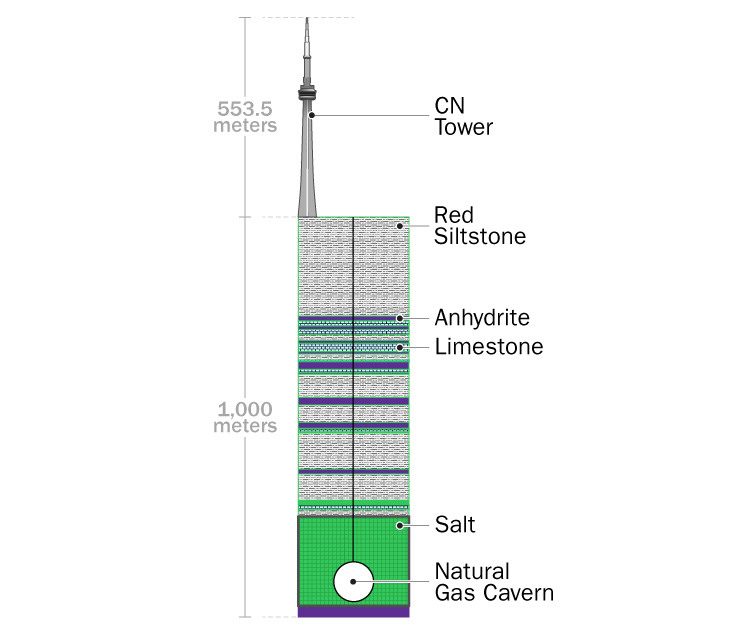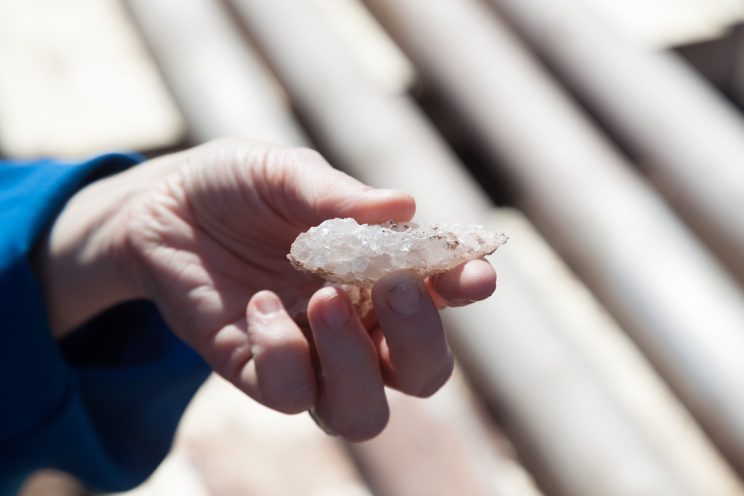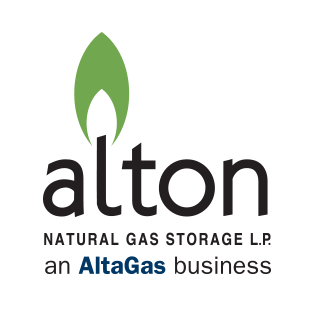Geology of Alton Natural Gas Storage
Alton will help meet the growing demand for natural gas by people and businesses in Nova Scotia. Every day, natural gas fuels many of the province’s major industries, the majority of universities, public institutions like hospitals, and schools and thousands of homes.
Is natural gas stored in other places?
Natural gas is safely stored across North America and around the world at hundreds of locations.
Natural gas is stored in several different ways, including storage in depleted natural gas fields and salt caverns.
How is cavern development regulated?
One of the most significant factors contributing to the safety of cavern storage in Canada is the mandatory requirement by all Canadian jurisdictions that design and operation of cavern storage facilities conform to the requirements of CSA Standard Z341, Storage of Hydrocarbons in Underground Formations. Alton geological information is provided to provincial regulators as part of the oversight process.
Why build caverns at the Alton site?
The location of Alton Natural Gas Storage is ideal because of the presence of a suitable underground salt formation where the caverns will be constructed, a water source for solution mining, and the nearby natural gas pipeline system.
Alton will help provide Nova Scotians with secure, affordable and reliable natural gas year-round.
Where will the storage caverns be located?
The storage caverns will be located in the Stewiacke Formation. At Alton, the formation is a thick layer of rock salt deep underground that was deposited, (or precipitated) by the evaporation of an ancient sea about 330 million years ago. The depth of the caverns will be approximately one kilometer beneath the surface. The caverns will be built in a thick portion of the Stewiacke Formation where salt will completely surround the cavern itself. The rock salt, well, above ground equipment, piping and operating procedures are all designed to eliminate the possibility of any gas leakage.
How do you make the Alton storage caverns?
The caverns will be made using a process called solution mining or brining, and it will take 2 to 3 years for the mining process to be completed. The water will be piped from the tidal Shubenacadie River estuary, and released back into the tidal estuary at closely monitored levels under the oversight of government regulators. The Alton caverns will be carefully monitored during the brining process to ensure they are built to exact specifications.
How big are the storage caverns?
The storage caverns planned at Alton will be a maximum of 100 meters in diameter and 100 meters in height. The cavern dimensions and depth will resemble the image in the figure below. In the figure the CN Tower is shown at surface to give scale. The tower is 553.5 meters high. Natural gas caverns at Alton will be between 850 and 950 meters deep. That is almost twice the height of the CN Tower.
Each cavern will store approximately 2 billion cubic feet, (bcf) of natural gas, which is enough to meet the needs of approximately 20,000 to 22,000 homes for one year.

Why use salt caverns to store natural gas?
Deep underground salt formations are well suited to natural gas storage. Storing natural gas in salt caverns and underground formations has been the safest and most secure storage method. It is a proven technology with a solid worldwide safety record. These caverns are deep underground. The walls of the salt cavern provide a strong and sealed enclosure for natural gas over the lifespan of the storage facility.

How has Alton geology been studied?
Alton has undertaken significant analysis of the Stewiacke Formation to ensure the cavern locations in a “storage fairway” are the best placement. Our analysis included surface geological mapping and all available subsurface data including well data from 3 wells drilled in 2014-2015, all nearby mineral hole data, 2-D and 3-D seismic data, gravity surveys, academic research papers, industry reports and independent consultant reports.
How do we know the geology at Alton is safe for storage caverns?
A full geological data review was conducted in 2016 which included all geological, geomechanical, geophysical, gravity and drilling information gathered to date. The review reaffirmed that the Stewiacke Formation at Alton has all the required characteristics to support a natural gas storage facility. The proposed caverns are in the lower portion of the Stewiacke Formation.
As well, all drill hole and seismic data indicates that the over 100 meters thick layer of rock below the salt is also impervious to natural gas and offers an ideal bottom seal.


